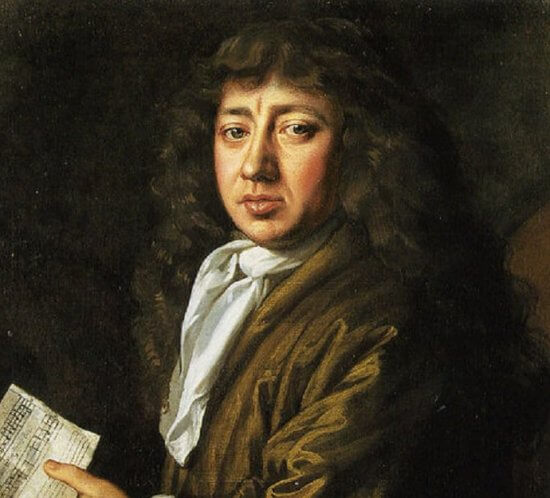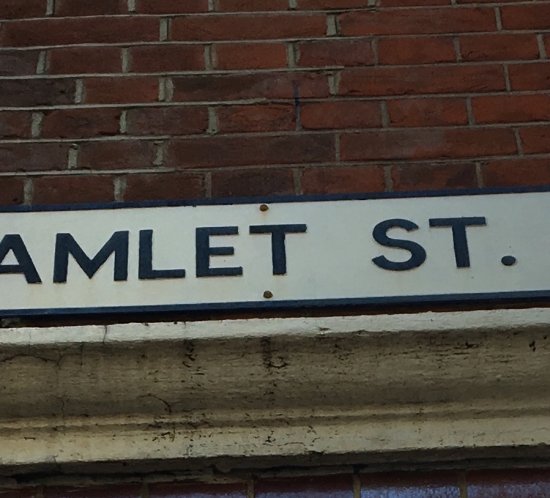Thursday 6 September 1666: the extent of the damage
On the morning of 6 September 1666, fires still burned across London. However, they were either contained or such that could be put out one-by-one. The Great Fire of London, as a single conflagration, had been tamed. At this point, it was possible to begin reckoning the extent of the damage. Mercifully, very few people, perhaps just half a dozen in fact, had lost their...














